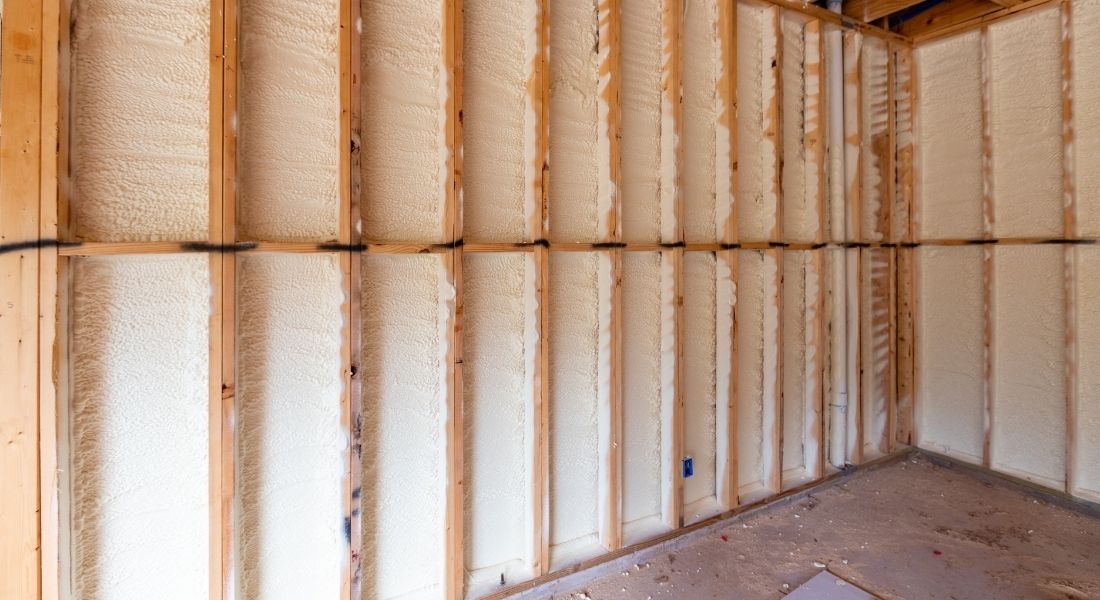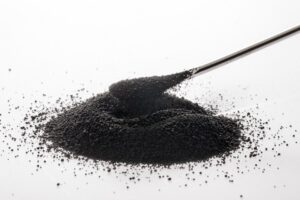
Open cell foam creates a healthier, more comfortable living environment by improving indoor air quality, controlling moisture, and enhancing thermal comfort. It achieves this through its breathable cellular structure, which allows for vapor diffusion while still sealing air leaks. This prevents mold growth, reduces airborne pollutants, and stabilizes interior temperatures.
This article offers a detailed, fact-based breakdown of how open cell foam contributes to occupant health and comfort. You’ll learn how it works, what makes it unique, and how to evaluate its suitability for your home using technical data, comparisons, and key decision factors.
How Open Cell Foam Works
Open cell foam is a type of spray foam insulation characterized by its soft, spongy texture and lower density. Its structure contains interconnected air pockets that allow moisture vapor to pass through, while still blocking airflow.

Key Functional Benefits
- Improved Indoor Air Quality
By sealing air gaps, open cell foam reduces infiltration of outdoor allergens, dust, and pollutants.
- Moisture Management
Its vapor-permeable design allows trapped moisture to escape, reducing the risk of condensation and mold growth in walls or attic spaces.
- Thermal Comfort
While not as thermally resistant as closed cell foam, it still provides a consistent indoor temperature and limits drafts.
Comparison With Other Insulation Types
Open cell foam offers distinct advantages and limitations when compared to other insulation materials.
| Feature | Open Cell Foam | Closed Cell Foam | Fiberglass Batt | Cellulose |
|---|---|---|---|---|
| Air Sealing | Excellent | Excellent | Poor | Moderate |
| Vapor Permeability | High (breathable) | Low (moisture barrier) | Moderate | Moderate |
| R-value (per inch) | ~3.5 | ~6.0 | ~3.0 | ~3.2-3.8 |
| Sound Dampening | Excellent | Moderate | Poor | Good |
| Mold Resistance | High (no food source) | Very High | Low | Low-Moderate |
| Expansion Rate | 100x | 30x | N/A | N/A |
| Application Areas | Walls, attics, ceilings | Roofs, basements, crawlspaces | Attics, walls | Walls, attics |
| Cost Efficiency | Moderate | High | Low | Moderate |
| Flexibility in Irregular Spaces | High | Moderate | Low | Moderate |
Technical Specifications
| Specification | Open Cell Foam |
|---|---|
| Density | 0.4 – 0.7 lbs/ft³ |
| R-Value per Inch | ~3.5 |
| Air Impermeability | <0.02 L/s·m² @ 75 Pa |
| Water Vapor Permeance | ~16 perms @ 3.5″ thickness |
| Sound Transmission Class (STC) | 37–39 |
| Expansion Rate | Up to 100 times its liquid volume |
| Installation Temperature | ≥ 40°F (4°C) ambient recommended |
| Cure Time | 24 hours for safe occupancy |

How It Improves Health and Comfort
Enhancing Indoor Air Quality
Open cell foam acts as an air barrier that limits the entry of:
- Pollen
- Vehicle exhaust
- Outdoor dust
- Airborne bacteria
Bonus Tip: Ensure mechanical ventilation is incorporated when upgrading to a tighter envelope to balance air quality with energy efficiency.
Reducing Mold and Moisture Risks
Because it’s vapor-permeable, open cell foam allows drying potential within walls—critical for humid climates or moisture-prone spaces like attics.
- Prevents moisture buildup that leads to mold and mildew
- Supports drying of framing and sheathing materials
- Works well in vented and unvented roof assemblies
Bonus Tip: Avoid using open cell foam below grade or in areas prone to flooding—it’s not designed to resist bulk water.
Promoting Acoustic Comfort
Open cell foam significantly dampens sound, particularly airborne noise such as
- Street traffic
- Voices between rooms
- HVAC system vibrations
This makes it ideal for bedrooms, home offices, and media rooms.
Things to Consider Before Making a Decision
Before choosing open cell foam, evaluate the following factors:
- Climate Conditions: Open cell foam performs best in warmer or mixed climates where vapor barriers are not always required.
- Moisture Exposure: Avoid using it in basement walls or under slab areas where bulk water is a concern.
- Code Compliance: Local building codes may specify the use of vapor retarders or closed cell foam in certain assemblies.
- Project Budget: Open cell foam is less expensive than closed cell but more costly than fiberglass; weigh benefits against cost.
- Access for Installation: Proper application requires trained professionals and temporary evacuation due to fumes during curing
Common Questions
Can open cell foam be used in cold climates?
It can, but it must be paired with a vapor retarder or installed in assemblies that allow for inward drying.
Does it contribute to off-gassing or toxic emissions?
Once cured, open cell foam is inert and does not off-gas. Proper installation and curing time are essential to ensure safety.
Is it rodent or insect resistant?
Foam does not provide a food source, but it is not a physical barrier to pests. Combine it with exclusion methods for full protection.
Topic FAQ
Is open cell foam insulation safe for indoor use?
Yes, once cured. Installation should be completed by certified professionals, and the space should be ventilated during the curing period.
How does open cell foam affect HVAC sizing?
Because of reduced air leakage and better thermal consistency, HVAC systems often require downsizing or recalibration.
Can open cell foam help with noise reduction?
Yes. Its porous structure absorbs sound waves, making it effective for both interior and exterior noise.
How long does open cell foam last?
Properly installed open cell foam can last the lifetime of the structure without sagging or deteriorating.
Does it require maintenance?
No. It remains effective without regular maintenance but should be inspected if renovations expose insulated areas.
Make the Right Decision
Open cell foam provides a compelling option for homeowners seeking improved air quality, moisture control, and acoustic comfort—especially in warmer, humid climates. It offers clear benefits when used appropriately and in the right assembly.
Evaluate your climate zone, building design, and comfort goals before making a decision. Align insulation strategy with long-term energy performance and health priorities.
Let me know if you’d like a visual decision tree or application diagram for added clarity.




